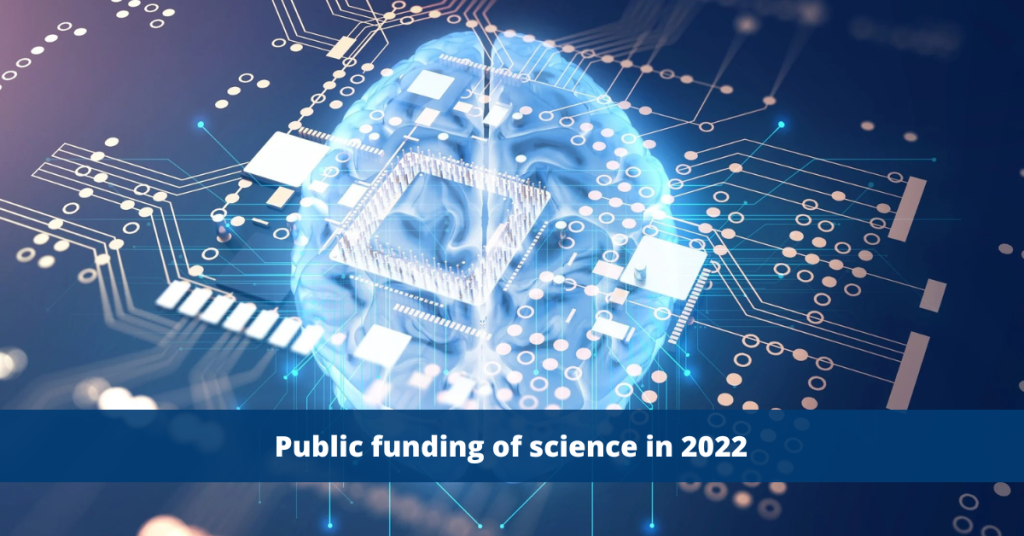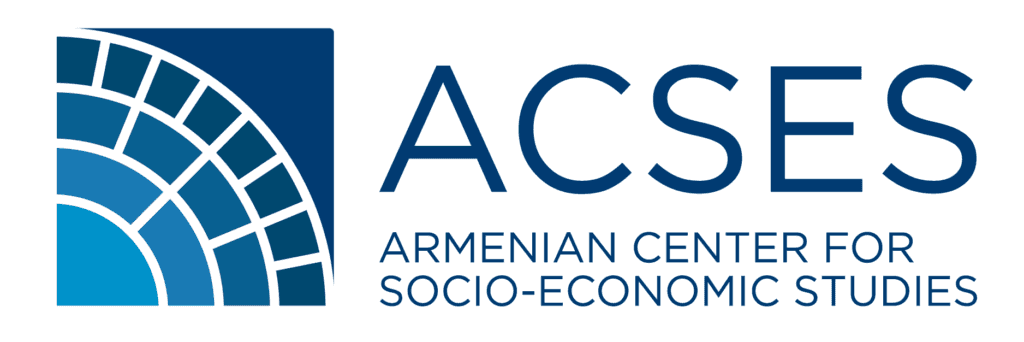
In 2022, the science sector received AMD 25.2 billion in funding from the state budget of Armenia, which is 0.3% of the GDP. Compared to the previous year, state funding of science has increased by 54%, however, the government is still not able to fully implement planned programs in the science sector.
Is the government fully implementing planned expenditures?
Initially, the government had planned to allocate about AMD 30.5 billion to science in 2022, but during the year the budget was reduced, and according to the revised budget the expenditures should have been AMD 25.3 billion.
At the beginning of the year, the government planned to create joint use and/or excellence centers in the science sector under an EU-supported grant program in 2022 (AMD 2.5 billion), which was one of the largest programs in the science sector, but this program was completely removed from the budget during the year. According to the Ministry of Education, Science, Culture, and Sport (MoESCS), the program was not implemented because it did not receive funding from the EU, and there is no public explanation from the responsible bodies about why the EU did not provide funding.
Similarly, at the beginning of the year, the government planned to allocate AMD 5.2 billion for scientific and technical research in the field of defense, but the program was revised, and as a result, the actual spending was about AMD 3 billion or 1.8 times less than the initial plan. It should be noted that this is not the first year when the government has failed to fully implement this program. In the last four years, the government spent less than initially planned on scientific and technical research in defense. Moreover, in pre-war 2019, there was no actual spending at all.
What was the state budget for science spent in 2022?
Initially, the government planned to implement 17 programs in the science sector in 2022, of which 10 were fully implemented, 6 were partly implemented and one was not implemented at all.
About 92% of the total funds on science was spent on 5 of the 16 implemented programs.
About half of the expenditure on science (AMD 12.5 billion) was allocated to the “Modernization of Scientific Infrastructure” which includes the development of scientific units of scientific organizations and universities, modernization of scientific equipment, support for international cooperation, etc. Moreover, this program also includes public expenditure allocated to the gradual increase of the salaries of scientists. Compared to the previous year, spending on this program increased by about 55% or AMD 4.4 billion which is mainly attributed to the increase in the salaries of scientists. It must be mentioned, that the government plans to gradually increase the salary of scientists during the 2022-2025 period.
The next large program is “Scientific and technical contractual (thematic) research”, which received 23% of expenditure on science or AMD 5.8 billion. Within the framework of the program, 564 scientific topics were financed from the state budget, instead of the initially planned 486 in 2022 and 500 in 2021. Compared to the previous year, the spending on this program increased by 69% or AMD 2.4 billion.
About 12% of expenditure on science or AMD 3 billion was allocated to scientific and technical research in the field of defense. Compared to the previous year, the spending on this program increased by 2.5 times or AMD 1.8 billion. However, the scientific community continues to be dissatisfied with the state policy implemented in this area. The problem, as mentioned above, is the continual reduction of the initial state budget by the government in recent years, the main explanation is that there is a lack of potential in Armenia to carry out scientific and experimental works in the field. Representatives of the scientific community and the private sector believe that instead of reducing the funds directed to the field, the government should implement an active policy for the development of potential for scientific research in the country and take a more proactive role in the sector instead of relocating the funds.
Is the state funding of science in Armenia low?
The development of science is crucial for the development of the economy and the welfare of society. And although in the world’s most innovative countries, the majority of spending on scientific and experimental work is carried out by private companies, state funding of the science is still very important. Taking into account that investments in this field have high risks and the results are unpredictable very often, the state has an important role in reducing the risks for the private sector as well as in the development of the scientific potential of the country.
In 2022, the science sector in Armenia received AMD 25.2 billion of funding from the state budget, which is 0.3% of the GDP. Armenia is ahead of Georgia (0.2%), Azerbaijan (0.2%), and Belarus (0.2%), but lags behind Poland (0.5%), Slovenia (0.5%), Estonia (0.7%), and the average of EU countries ( 0.8%).
It is important to consider not only the amount of state funding allocated to science but also in which directions the money is spent. For example, although Belarus is a little behind Armenia, most of the funds are allocated to fundamental scientific research and experimental works, in other words, actual scientific projects, instead of labor costs or spending on infrastructure. The same applies to European countries. Governments in EU countries prioritize the implementation of research projects in the field of artificial intelligence, data, and digital technologies.
Summarizing, it should be noted that although in 2022 the state funding of science in Armenia increased by 54% compared to the previous year, the actual performance compared to the initial plan was about 83%. Due to the significant increase in science funding, in 2022, Armenia exceeded both Georgia and Azerbaijan in the level of state funding of science but continued to lag behind the average of EU countries.
This article was prepared by the Armenian Center for Socio-Economic Studies (ACSES) with the support of the Open Government Partnership through the EU for Integrity Programme for the Eastern Partnership, funded by the European Union. Its contents are the sole responsibility of ACSES and do not necessarily reflect the views of OGP or the EU.

